The hum of nuclear reactors has been the steady heartbeat of French energy policy for over half a century. Walking through the control room of a typical French nuclear plant feels like stepping into a 1980s time capsule - banks of analog dials and switches juxtaposed with modern digital displays, a physical manifestation of France's long-standing nuclear commitment. This technological dichotomy reflects the broader tensions facing Europe's nuclear powerhouse as it grapples with aging infrastructure, climate pressures, and geopolitical shifts.
France derives about 70% of its electricity from nuclear power, the highest percentage of any country worldwide. This wasn't accidental. Following the 1973 oil crisis, France made a strategic decision to achieve energy independence through nuclear technology. The state-owned utility Électricité de France (EDF) operates 56 reactors across 18 power stations, creating what experts call the world's most centralized nuclear program. For decades, this system provided reliable baseload power with relatively low carbon emissions.
The cracks in France's nuclear edifice became painfully apparent during the winter of 2022. Nearly half of EDF's reactors were offline simultaneously due to a perfect storm of scheduled maintenance, unexpected repairs, and stress corrosion problems. France became a net electricity importer for the first time in decades, purchasing power from neighbors including Germany - a country France had long criticized for phasing out nuclear energy. The episode revealed vulnerabilities in what was once considered Europe's most resilient energy system.
Corrosion issues in safety injection systems forced extended outages at twelve reactors, while drought conditions limited cooling capacity at several plants. These technical problems coincided with Europe's energy crisis following Russia's invasion of Ukraine, sending electricity prices soaring. The French government was forced to fully nationalize EDF, assuming €43 billion in debt to keep the utility afloat. Critics argue this move merely papers over deeper structural problems in France's nuclear sector.
Aging infrastructure represents perhaps the greatest challenge. Most French reactors began operation in the 1980s and were designed for 40-year lifespans. Regulators have approved 10-year extensions for many units, but extending operations to 50 or 60 years requires massive refurbishments. Each life-extension project costs hundreds of millions and takes years to complete. Meanwhile, newer reactor projects like Flamanville 3 have become cautionary tales - 12 years behind schedule and four times over budget at €13 billion.
The workforce crisis compounds these difficulties. Nearly 40% of EDF's nuclear specialists will reach retirement age by 2025. Knowledge transfer has become urgent as experienced engineers depart. Training new personnel takes years, and the nuclear industry competes with more glamorous tech sectors for engineering talent. Some plants report having only 60% of required staffing levels for certain technical positions.
Climate change introduces new operational challenges. During 2022's record heatwave, several reactors had to reduce output because river water used for cooling became too warm. Nuclear plants also face increasing flood risks - the Blayais plant narrowly avoided catastrophe during 1999's Xynthia storm when floodwaters breached its defenses. With extreme weather events becoming more frequent, regulators demand additional safety upgrades that further strain EDF's finances.
France's nuclear waste dilemma persists despite decades of operation. The country reprocesses spent fuel at La Hague facility, reducing overall waste volume but creating highly radioactive byproducts. The long-promised deep geological repository at Bure remains controversial and isn't expected to open before 2035. Meanwhile, interim storage facilities approach capacity, with over 10,000 cubic meters of high-level waste currently in temporary storage.
The political landscape shows signs of shift. President Macron, who once proposed reducing nuclear's share to 50% by 2035, reversed course and announced plans for six new EPR2 reactors with option for eight more. But public support fluctuates - polls show about 52% of French citizens favor nuclear power, down from 68% in 2020. The growing Green party faction in parliament pushes for faster renewable development, arguing nuclear investments crowd out wind and solar projects.
International dynamics add complexity. France positions itself as Europe's nuclear champion, lobbying to include atomic energy in the EU's green taxonomy. This pits France against Germany's anti-nuclear stance in ongoing energy policy debates. At the same time, France faces competition from Russian and Chinese state-owned nuclear firms in export markets. The UK's Hinkley Point C project, using EDF technology, has become a financial quagmire that casts doubt on French nuclear competitiveness.
Technical innovation offers potential solutions. Small modular reactors (SMRs) feature prominently in France's energy transition plans, with Nuward, a 340MW SMR design under development. Proponents argue these could replace aging coal plants across Europe and provide flexible power to complement renewables. However, like all nuclear projects, SMRs face regulatory hurdles and won't be operational before 2035 at earliest.
As heatwaves bake Europe and energy security concerns grow, France's nuclear fleet remains both its greatest energy asset and its most daunting challenge. The coming decade will test whether this nuclear-dependent nation can modernize its aging fleet while maintaining safety standards and economic viability. The outcome will reverberate far beyond French borders, influencing energy policies across Europe and the global nuclear industry's future trajectory.
Walking past the massive cooling towers of a French nuclear plant today, one sees both the impressive legacy of postwar engineering and the looming questions about sustainable energy futures. The steam rising from these iconic hyperboloid structures carries not just water vapor, but the weight of France's energy dilemmas - technological, financial, and environmental. How France navigates these challenges will write the next chapter in its unique nuclear story.
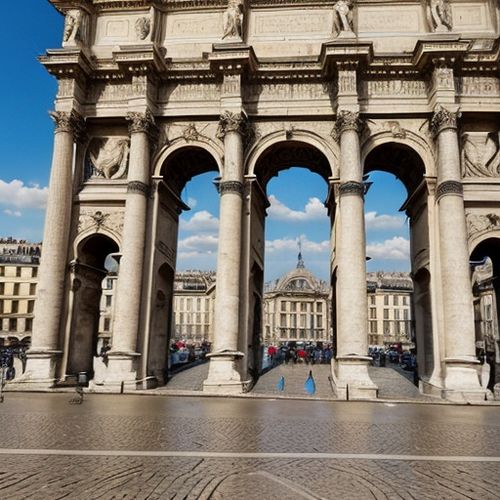
By Laura Wilson/Apr 14, 2025

By Joshua Howard/Apr 14, 2025
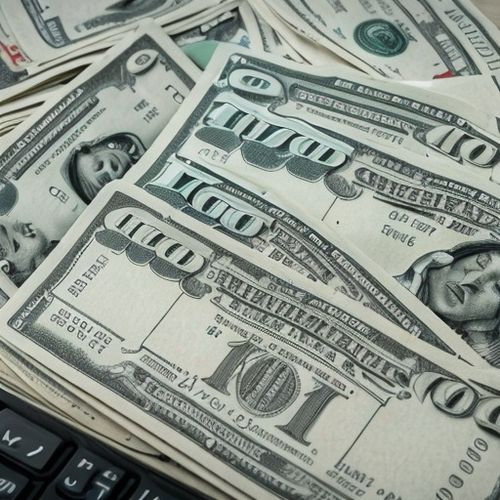
By John Smith/Apr 14, 2025
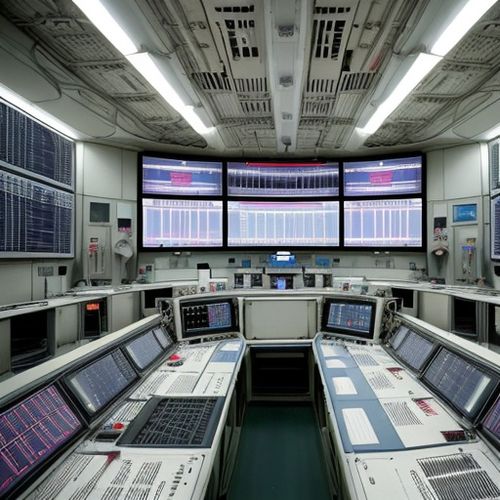
By George Bailey/Apr 14, 2025

By Thomas Roberts/Apr 14, 2025
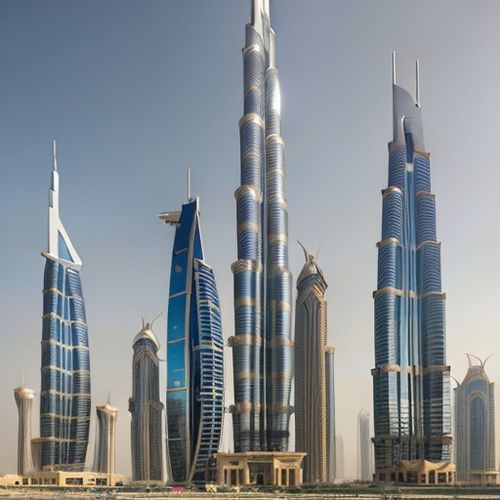
By Amanda Phillips/Apr 14, 2025
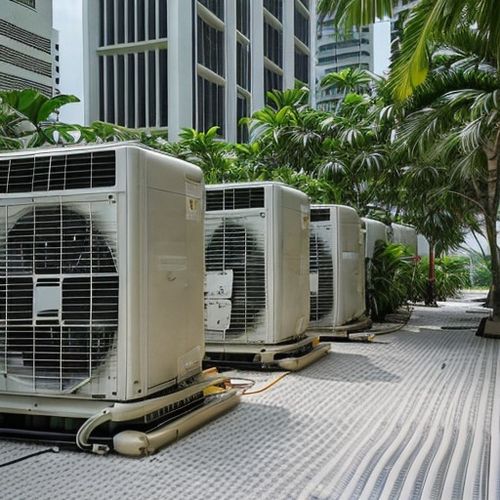
By Daniel Scott/Apr 14, 2025
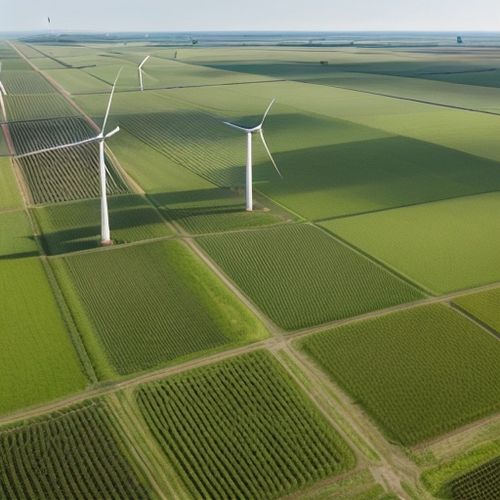
By John Smith/Apr 14, 2025
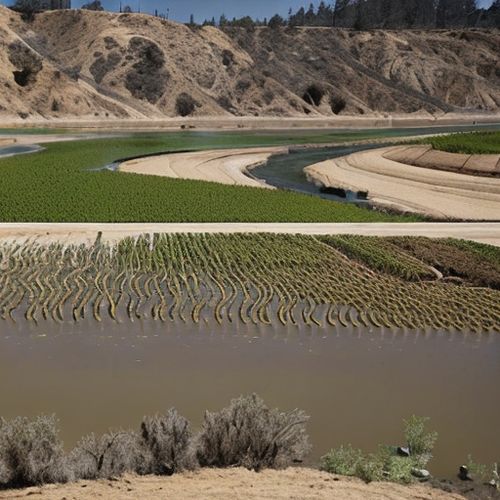
By Amanda Phillips/Apr 14, 2025
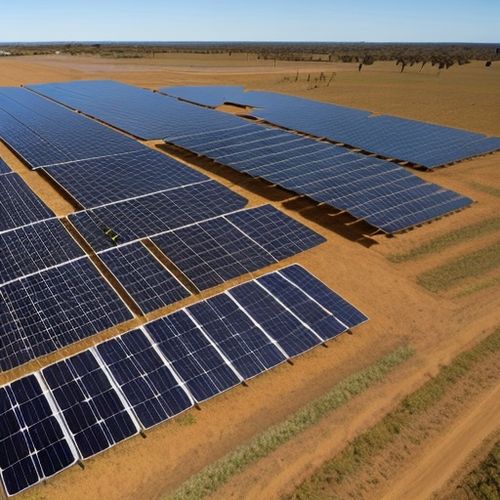
By Christopher Harris/Apr 14, 2025
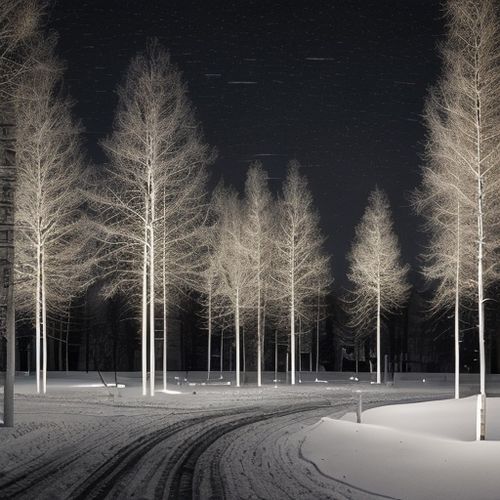
By Eric Ward/Apr 14, 2025

By Eric Ward/Apr 14, 2025

By David Anderson/Apr 14, 2025

By Thomas Roberts/Apr 14, 2025
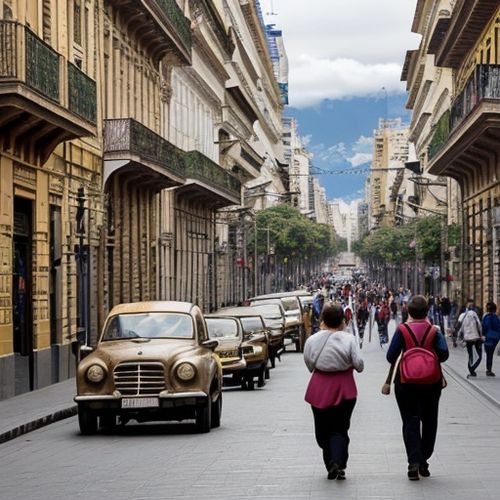
By Grace Cox/Apr 14, 2025
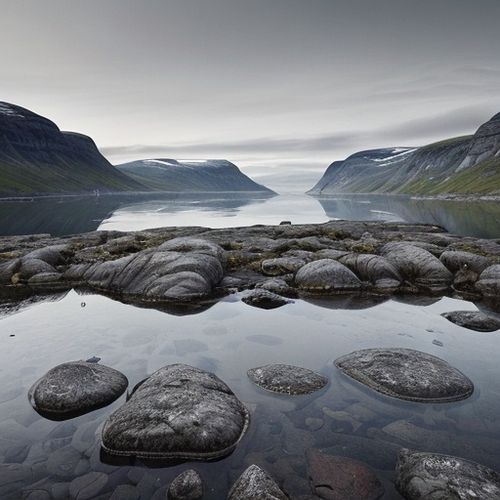
By George Bailey/Apr 14, 2025

By Ryan Martin/Apr 14, 2025

By Thomas Roberts/Apr 14, 2025
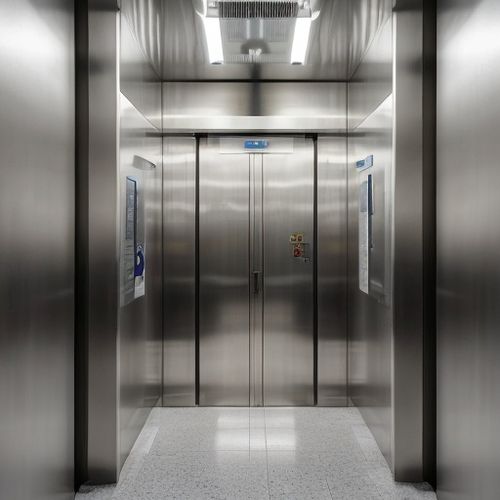
By Samuel Cooper/Apr 14, 2025

By Rebecca Stewart/Apr 14, 2025